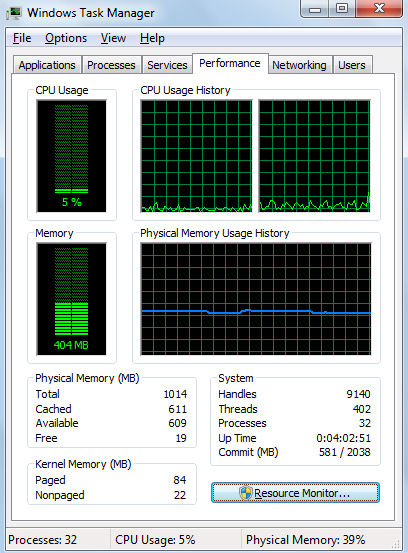Memory loss
The overwhelming priority of Microsoft in developing the next version of its full OS - Windows 8 - is to ensure it remains relevant in the mobile device era. The contrast between Microsoft's and Apple's efforts in the tablet market is absolute and even Microsoft's many-layered corporate denial was penetrated by its failure.
Some of the concessions to tablets have been contentious, such as the Metro UI, which is upsetting much of the massive Windows installed-base. But something has to be done and not all the pro-mobile innovations are as divisive.
One was detailed in a recent Microsoft blog entitled ‘Reducing runtime memory in Windows 8'. Lowering the memory requirements of the OS is a desirable thing regardless of the form factor, although we can only assume it wasn't afforded such high priority in Vista. But making best use of limited resources is at the core of mobile device design.
The blog post demonstrates the progress in the amount of memory Windows 8 uses while idle - which still uses power, of course - by showing system resource screenshots for the same Atom netbook running the respective OSs. As you can see, in this example Windows 8 uses significantly less.


You can read the full blog here, but if you can't be bothered, these are the main measures identified for reducing the amount of memory used:
- Memory combining - reducing duplication
- Service changes and reductions - few things running automatically, all the time
- Doing the same job with less memory - self-explanatory
- Lazy initialization of the "desktop" - Metro uses less memory
- More granular prioritization of memory - more selective














